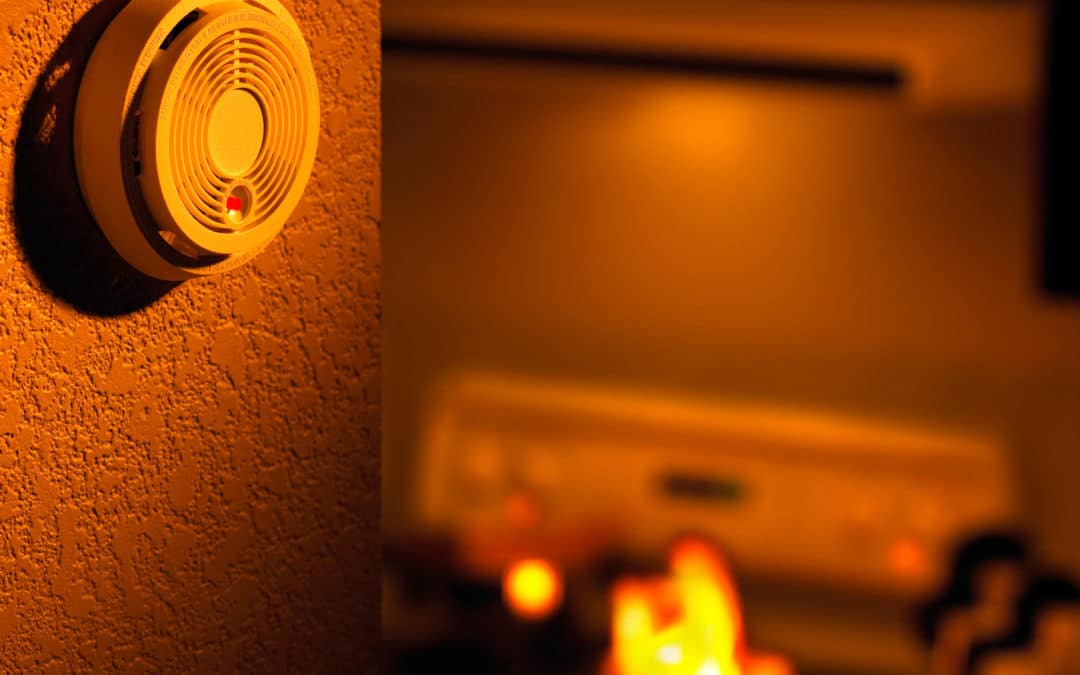
New Year’s Eve Party Safety
We are about to turn the calendars to welcome in the beginning of a new decade – 2020!
Tonight, millions will gather around the world to ring in the New Year, and if you are hosting a New Year’s Eve party, remember; safety is the number one priority. Every year, people are hurt from slips, falls, and other numerous dangers associated with drunken New Year’s celebrations.
Here are some important party-planning safety tips you need to consider if you’ll be hosting a gathering to celebrate the arrival of 2020.
-
- Clear decks, steps, and sidewalks of tripping hazards
- Keep pets locked or gated in a room away from the commotion
- Remove jewelry or other valuables from areas where guests might be
- Use battery-operated candles instead of flammable ones
- Avoid setting off or using fireworks
- Don’t leave food on stoves or in ovens unattended
- Check for food allergies before serving any dishes
- Keep foods warmed or cooled to proper temperatures to avoid foodborne illnesses
- Limit alcohol consumption
- Arrange for designated drivers, ride-sharing, or provide a place to stay for inebriated guests
Unfortunately, even when you take the best precautions, accidents can happen. But don’t fear, a homeowners or renters insurance policy with high liability limits will help protect you if the worst should happen. That’s why you should contact a California Casualty advisor today to make sure you are fully covered for the holidays.
Don’t forget to ask about special coverages for high-value gifts like jewelry, musical instruments or fine art when you call 1.800.800.9410 or visit www.calcas.com.
For more information visit:
https://bit.ly/2F8ddSs
https://bit.ly/2tk2npz
This article is furnished by California Casualty, providing auto and home insurance to educators, law enforcement officers, firefighters and nurses. Get a quote at 1.800.800.9410 or www.calcas.com.


 Sheryl Ann Turner
Sheryl Ann Turner


